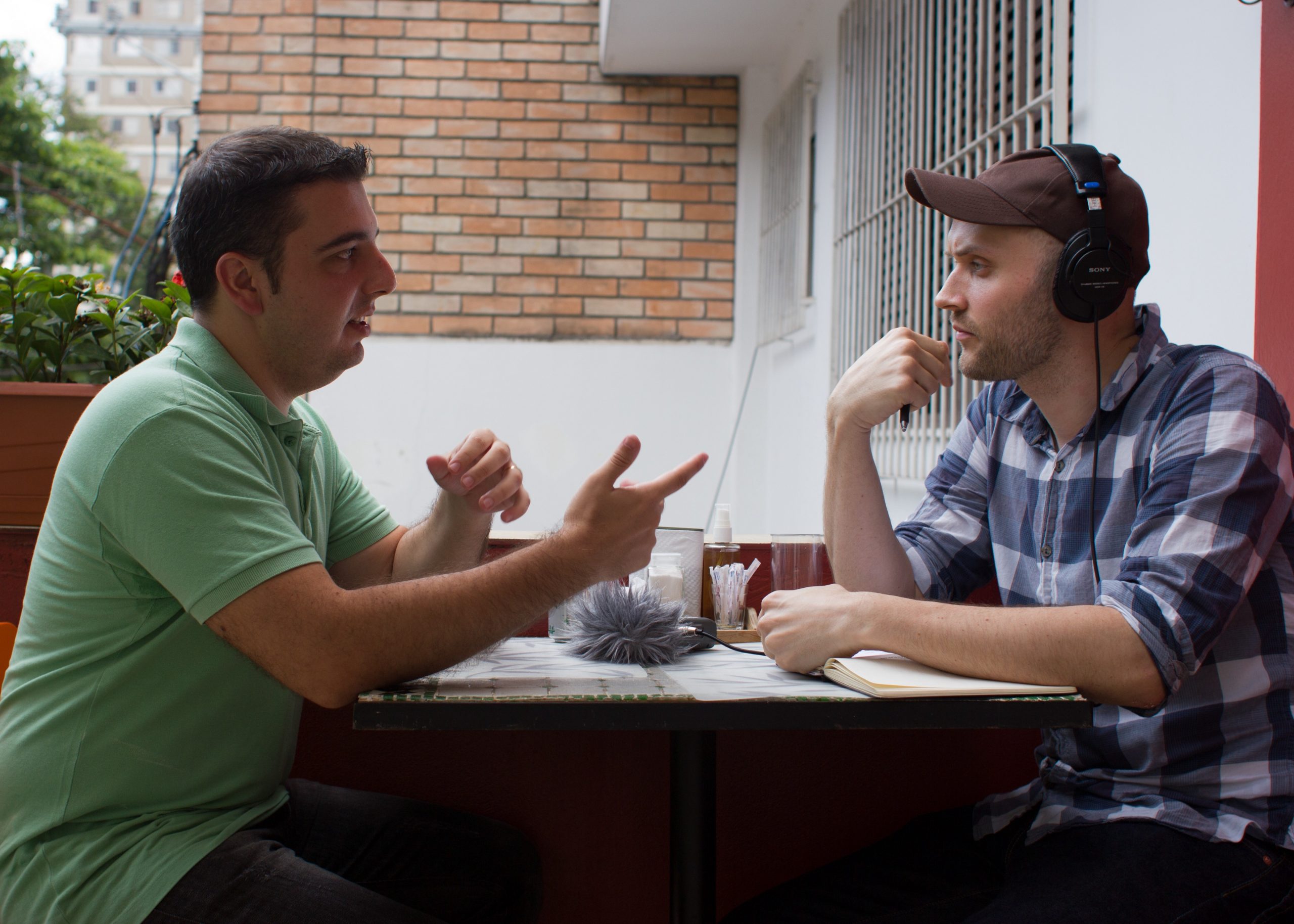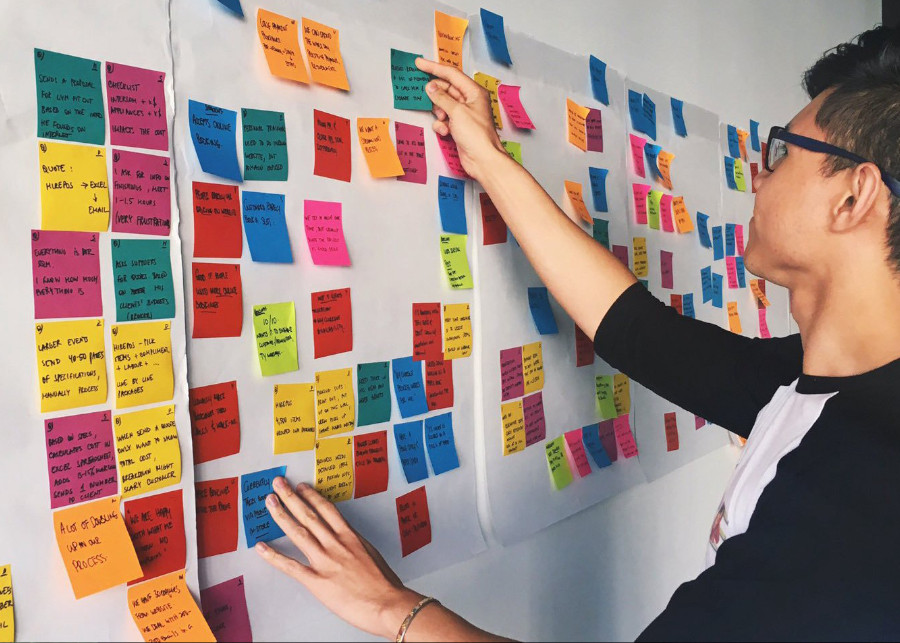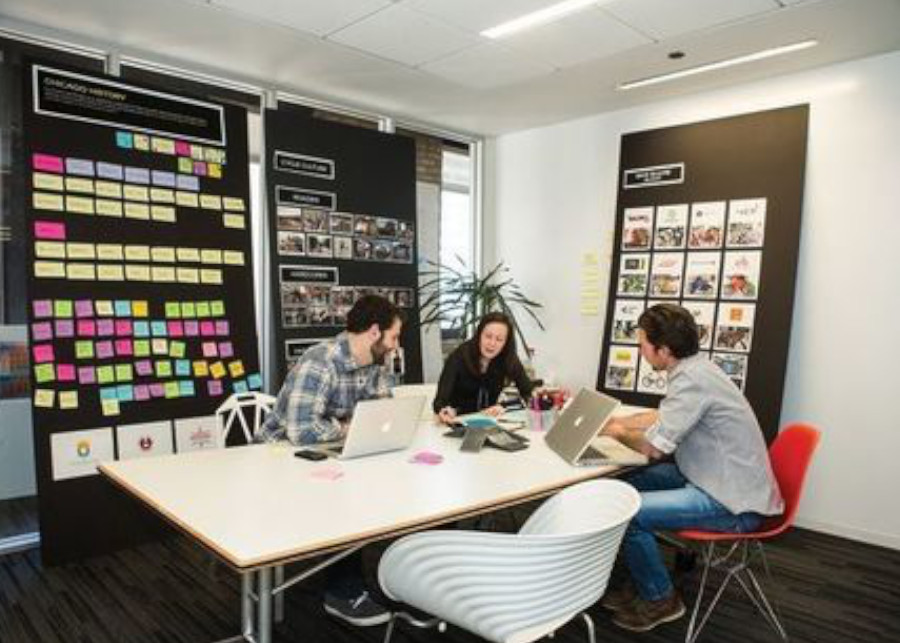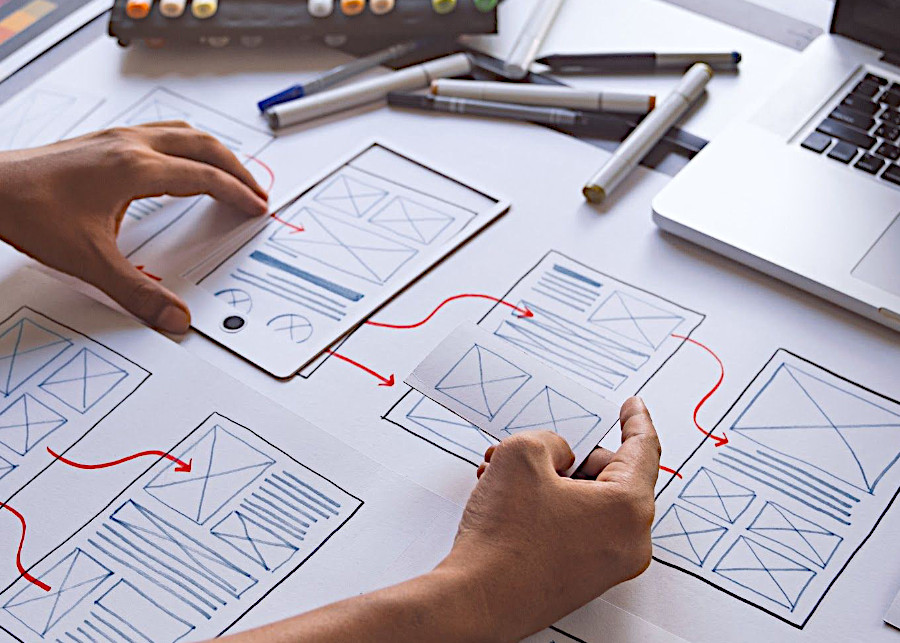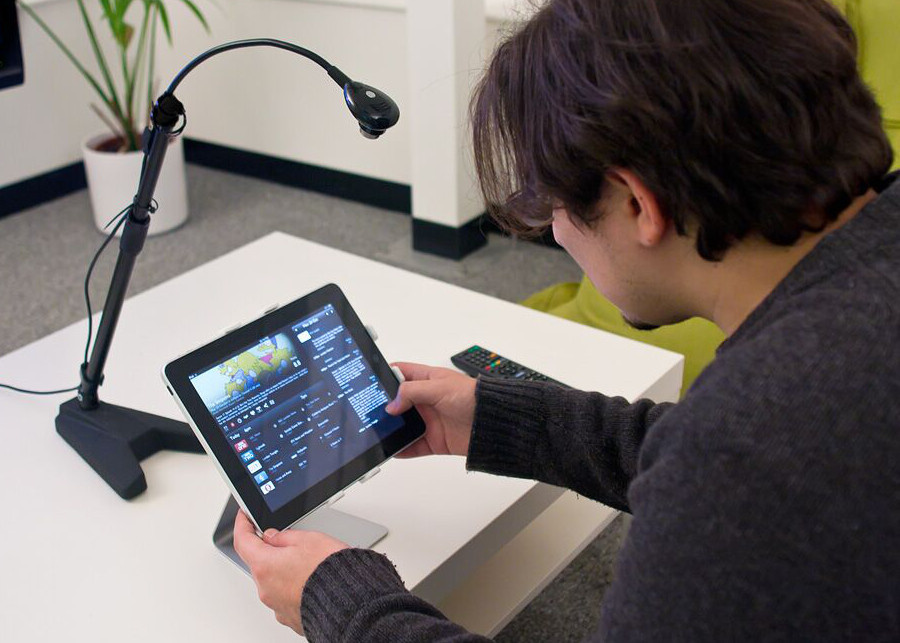Design
… and How I Do It
A short presentation of how I understand the design process and currently approach each step, as well as where I believe my strengths lie.
Based on the 5-Step Design Thinking model of the Hasso-Plattner Institute of Design at Stanford (d.school)
Empathise
Use various methods of understanding the users, or would-be users, of the product. In the end, we’re designing for the user, not for ourselves, and we need their point of view. This requires conversations with them, and observation of their behavior.
What tools would I use to empathise with the user?
- User interviews
- Immerse in the user’s typical environment
- Study products the users like
Define
Once we have data about our users, analyze that data to define the problems expressed and demonstrated by our users. Organize the data to reveal user patterns.
What tools would I use to define the problems?
- Empathy mapping
- Writing a Problem Statement
- “How might we …?” questions
- Personas
- Journey Mapping
Ideate
This is where the creative juices start to flow. With an understanding of the user and the problem, we can now churn out solutions through methods that encourage creativity.
What tools would I use to ideate?
- Brainstorming
Prototype
With the best ideas now filtered out, we can begin to give our product physical form. As we are still designing, start with low fidelity models that can be easily updated when the process produces new insights from the users.
What tools would I use to prototype?
- Wireframing, on paper and in Sketch or Figma
- Paper, Pencil, Marker, and Scissors
Test
Now bring back the user to see if we understood them fully. We probably did not. The results of this stage will often send us back to one or more of the earlier stages. Once we’ve tested the product to the point of “good enough” we’ll be ready to roll out Version 1.0 and test the mass market of users with our awesome (we hope) product.
What tools would I use to test on users?
- Sketch conversion of Wireframes to Hi-Fidelity prototypes.
- Usability Testing
